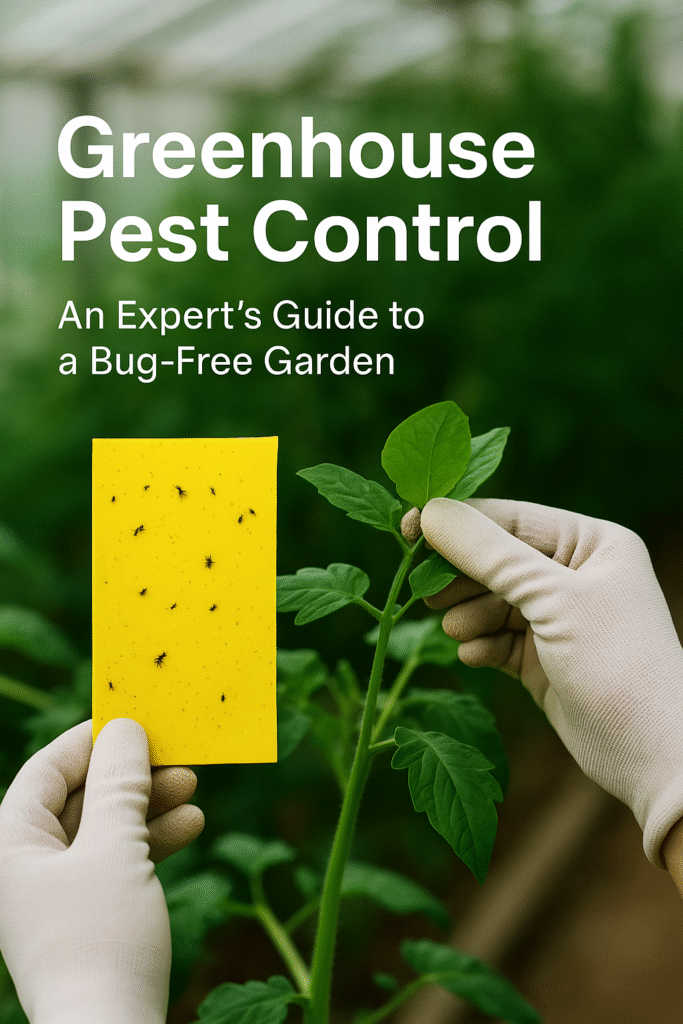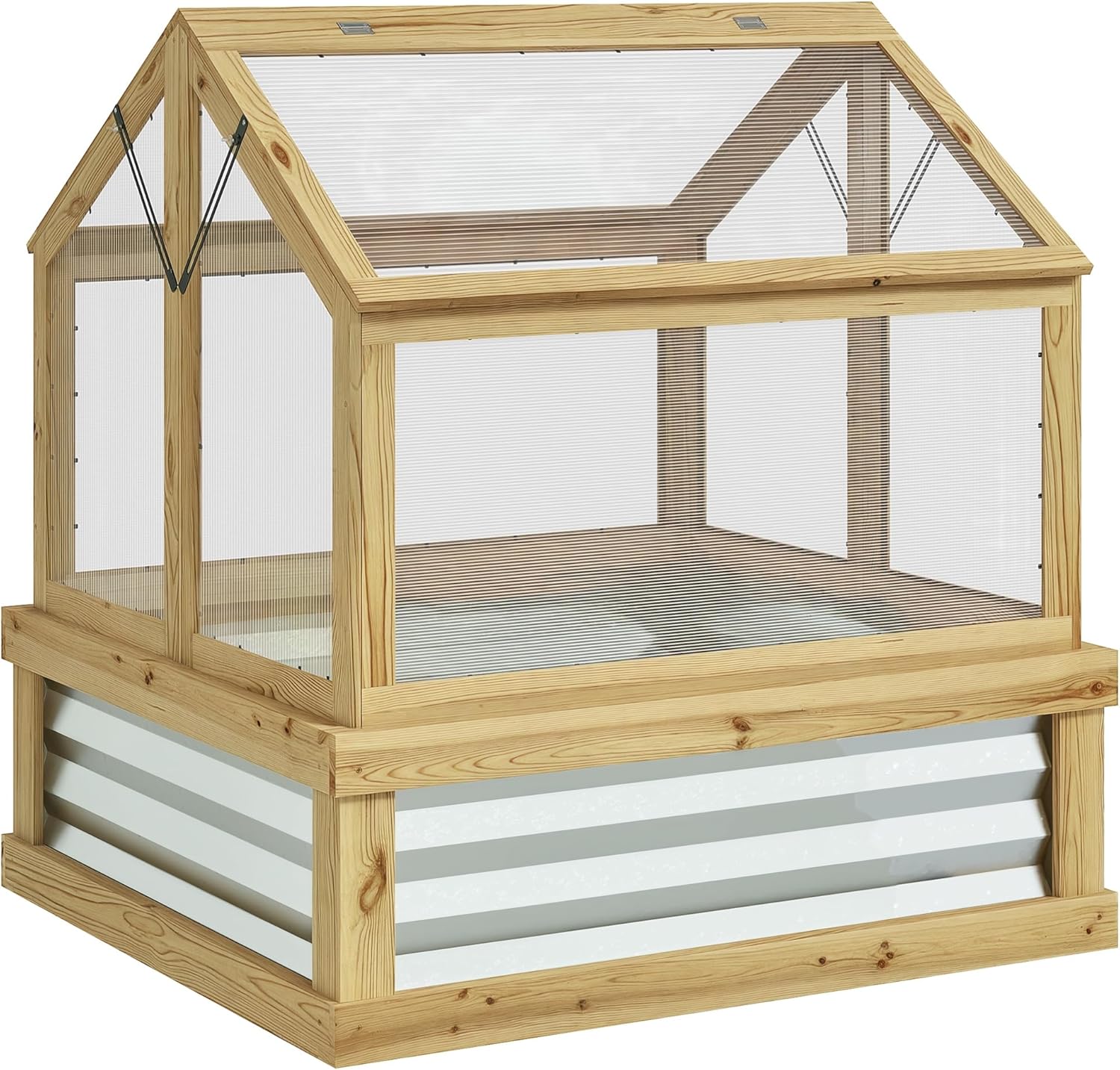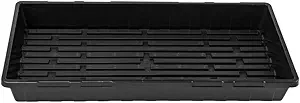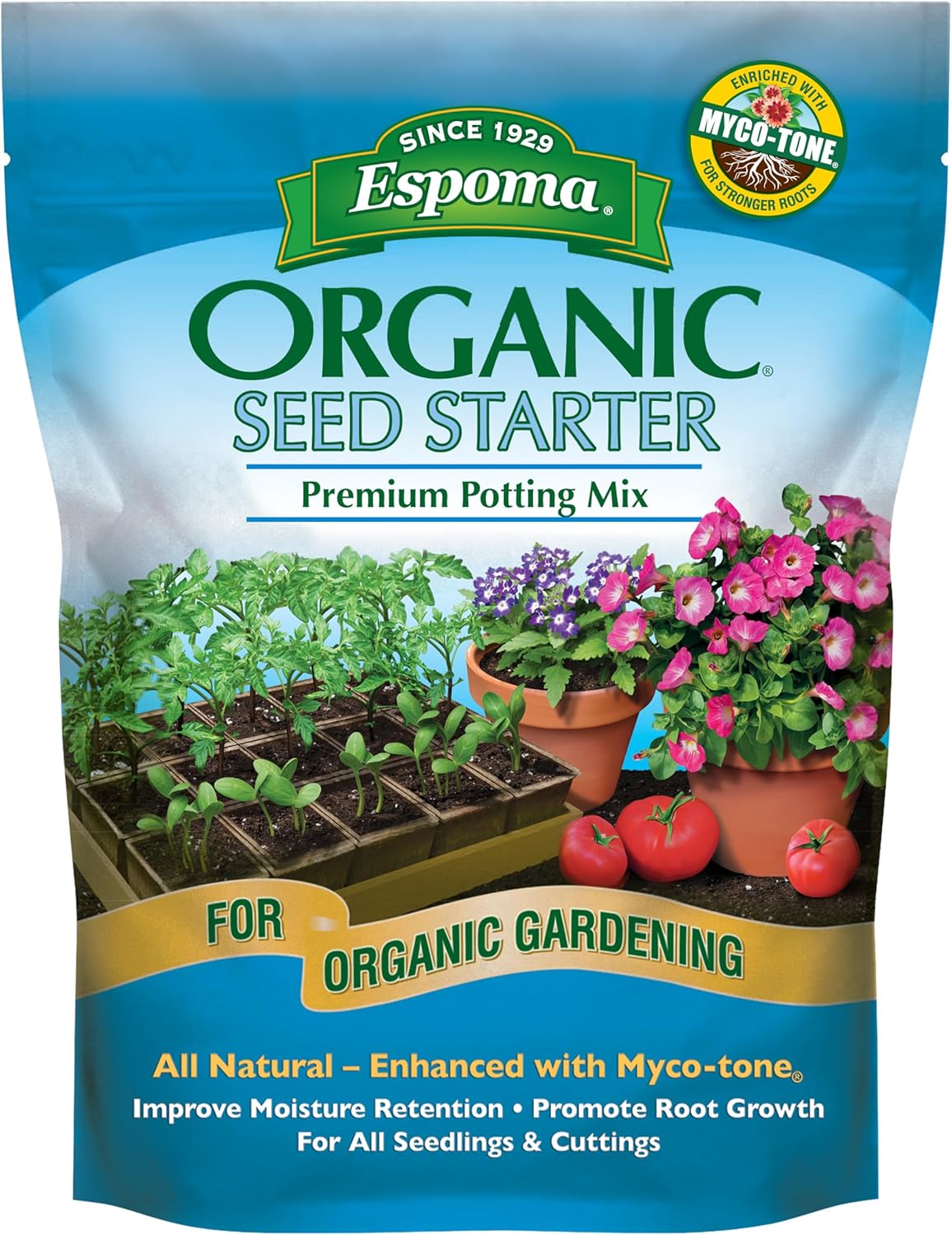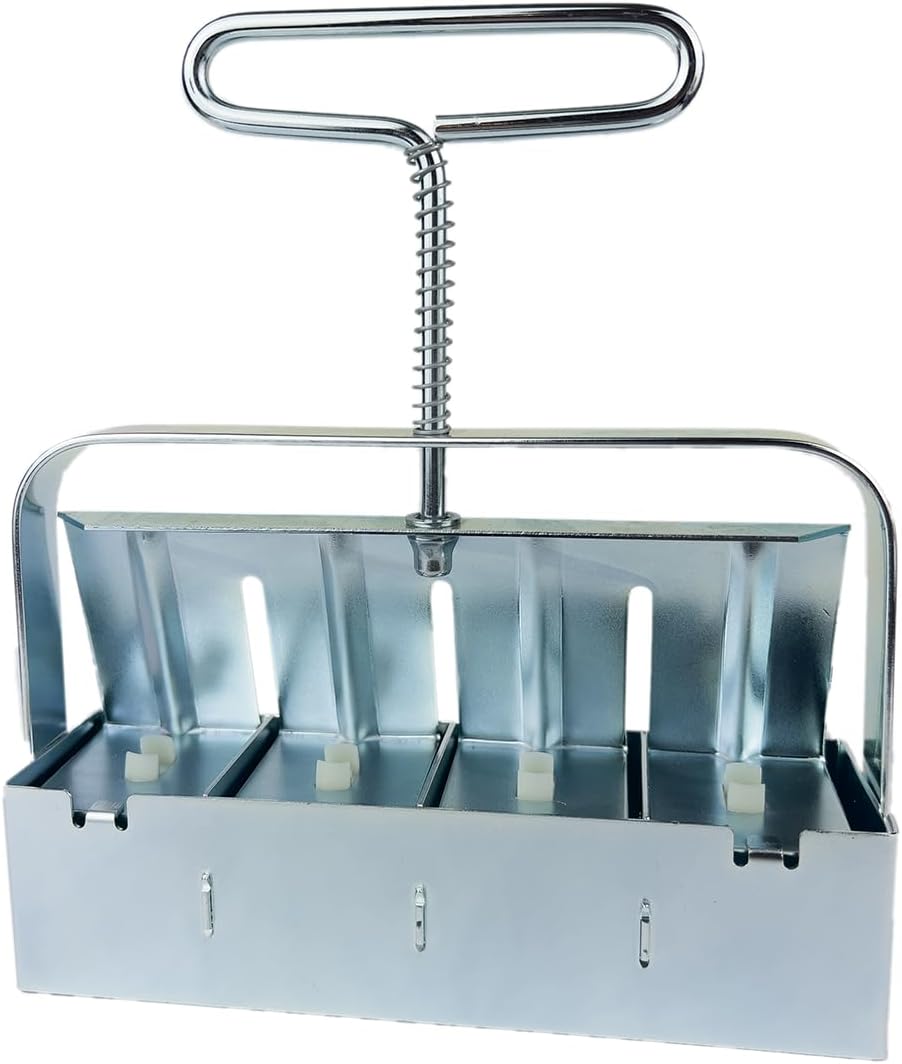Greenhouse Pest Control: An Expert’s Guide to a Bug-Free Garden
There are few things more disheartening for a gardener than walking into your pristine greenhouse sanctuary to find your plants covered in tiny, unwelcome guests. A greenhouse provides the perfect environment for plants, but it can also be a five-star resort for pests if left unchecked. The warm, humid, and protected conditions can cause pest populations to explode seemingly overnight.
But don’t reach for the harshest chemical spray just yet. The most effective—and safest—approach to greenhouse pest control isn’t a single product, but a smart, holistic strategy. This guide will walk you through the professional approach, known as Integrated Pest Management (IPM), to help you prevent infestations before they start and manage them effectively when they do occur.
Why You Can Trust This Pest Control Guide
Our approach to pest control is born from years of hands-on experience in the greenhouse. We’ve used a jeweler’s loupe to identify the tell-tale two spots of a spider mite, successfully deployed thousands of ladybugs to decimate an aphid infestation, and learned the hard way that prevention is always better than a cure. This guide isn’t a theoretical list; it’s our battle-tested playbook. We have managed greenhouse ecosystems based on the principles of Integrated Pest Management (IPM), prioritizing organic and biological solutions. We understand how pest pressure changes with the seasons and how to use the greenhouse environment itself as a tool for control. This is the practical, real-world advice we use to keep our own plants healthy and productive.
The Golden Rule: Integrated Pest Management (IPM)
The core philosophy of modern, sustainable pest control is **Integrated Pest Management (IPM)**. It’s a multi-faceted strategy that moves away from simply reacting with chemicals. Think of it as a pyramid:
- Foundation (Prevention): Creating a healthy, resilient greenhouse environment where pests can’t easily establish themselves.
- Second Tier (Monitoring): Actively scouting for pests so you can catch problems when they are small and manageable.
- Third Tier (Low-Impact Controls): Using physical, biological, and gentle organic treatments as your first line of defense.
- Tip of the Pyramid (Chemical Controls): Using stronger, targeted pesticides only as a last resort when a crop is at risk.
By adopting this mindset, you create a balanced ecosystem instead of fighting constant battles.
Part 1: Prevention – The Foundation of a Pest-Free Greenhouse
The easiest pest problem to solve is the one you never have. A proactive approach to prevention will eliminate 90% of your potential bug battles.
1. Start Clean, Stay Clean
At the end of each growing season, do a deep clean. Remove all plant debris, wash down surfaces with a diluted bleach or vinegar solution, and clean your pots and tools. This eliminates overwintering eggs and fungal spores.
2. Quarantine All New Plants
Never bring a new plant directly into your greenhouse. Keep it isolated in a separate area for at least two weeks. Inspect it thoroughly for any signs of pests before introducing it to your main collection. This simple step prevents you from importing an infestation.
3. Optimize Your Environment
A healthy environment creates healthy plants that are better able to resist pests. This is a form of pest control in itself.
- Humidity Control: Many fungal diseases and pests like fungus gnats thrive in overly damp conditions. Learn how to control humidity in a greenhouse to keep the air moving and leaves dry.
- Temperature Management: Pests like spider mites explode in hot, dry conditions. Understanding what is the ideal temperature for a greenhouse helps you create an environment that is optimal for your plants, but suboptimal for their enemies.
- Airflow: Good air circulation from fans not only helps with temperature and humidity but also makes it harder for small flying insects to land and lay eggs. Well-organized layouts on the best greenhouse shelving is key for this.
Part 2: Know Your Enemy – Common Greenhouse Pests & How to Spot Them
Early detection is critical. Here is a rogue’s gallery of the most common intruders. One of the best greenhouse gardening tips for beginners is to learn what these five pests look like.
Aphids
What to Look For: Small, pear-shaped insects (often green, black, or yellow) clustered on new growth and the undersides of leaves. They leave behind a sticky, sugary waste called “honeydew,” which can attract sooty mold.
Favorite Targets: Peppers, tomatoes, kale, and almost any plant with tender new shoots.
Spider Mites
What to Look For: Tiny, almost microscopic arachnids that are hard to see with the naked eye. The first sign is fine, silky webbing on the undersides of leaves and a “stippled” or speckled appearance on the leaf surface as they suck out cell contents.
Favorite Targets: Eggplant, cucumbers, beans, tomatoes—they thrive in hot, dry conditions.
Whiteflies
What to Look For: Clouds of tiny, white, moth-like insects that fly up in a puff when a plant is disturbed. They, like aphids, also excrete sticky honeydew. Their nymphs are scale-like and found on the undersides of leaves.
Favorite Targets: Tomatoes, cucumbers, sweet potatoes, and poinsettias.
Thrips
What to Look For: Very slender, tiny insects that cause a silvery or distorted appearance on leaves and flowers. They can also transmit plant viruses. You may see tiny black specks, which are their waste.
Favorite Targets: A wide variety of plants, especially those with flowers like peppers and beans.
Fungus Gnats
What to Look For: Small, dark, mosquito-like flies that hover around the soil surface. The adults are mostly an annoyance, but their larvae, which live in the top layer of overly moist soil, can damage the roots of seedlings and young plants.
Favorite Targets: Seed starting trays and any consistently damp soil.
Part 3: Your IPM Toolkit – A Tiered Approach to Control
Once you’ve identified a pest, start with the least toxic, most targeted solution first.
Tier 1: Monitoring & Mechanical Controls
This is your daily and weekly routine. It’s about being observant and acting immediately.
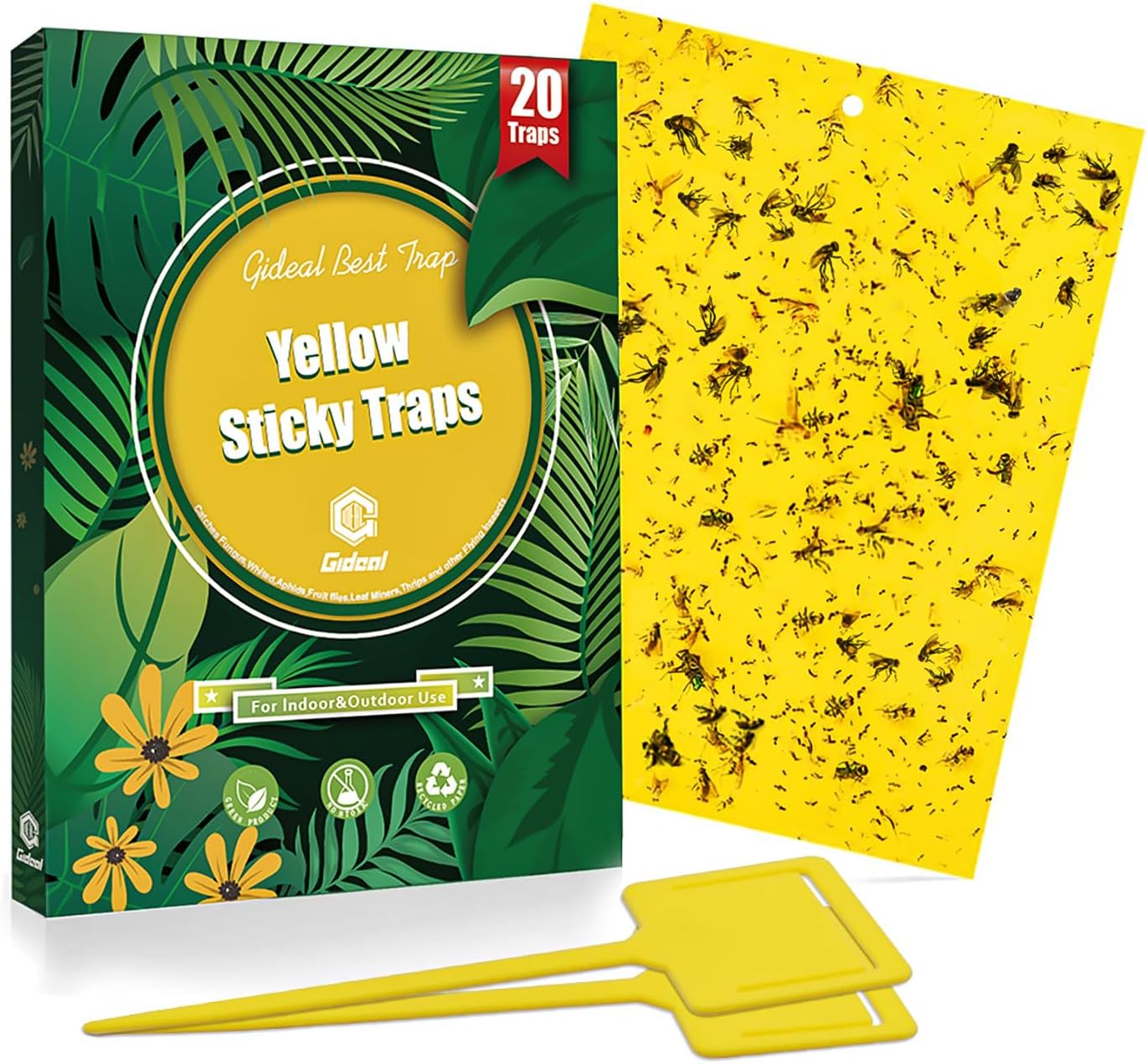
Yellow Sticky Traps
The single most important monitoring tool. Hang these around your greenhouse to catch flying adults like whiteflies, thrips, and fungus gnats. They act as an early warning system.
Shop on Amazon
Jeweler’s Loupe (40x)
To truly identify pests like spider mites, you need magnification. A jeweler’s loupe is an inexpensive tool that lets you see exactly what you’re dealing with, ensuring you choose the right treatment.
Shop on AmazonOther mechanical controls include using a strong jet of water from a hose to blast off aphids and spider mites or simply pruning off heavily infested leaves and disposing of them outside the greenhouse.
Tier 2: Biological Controls – The Good Bugs
Why spray when you can let nature do the work for you? Releasing beneficial insects is a highly effective and fascinating way to control pests.

Live Ladybugs
Ladybugs are voracious predators of aphids. Releasing a batch into your greenhouse at dusk can decimate an aphid population in a matter of days. It’s a fun and incredibly effective biological control.
Shop on Amazon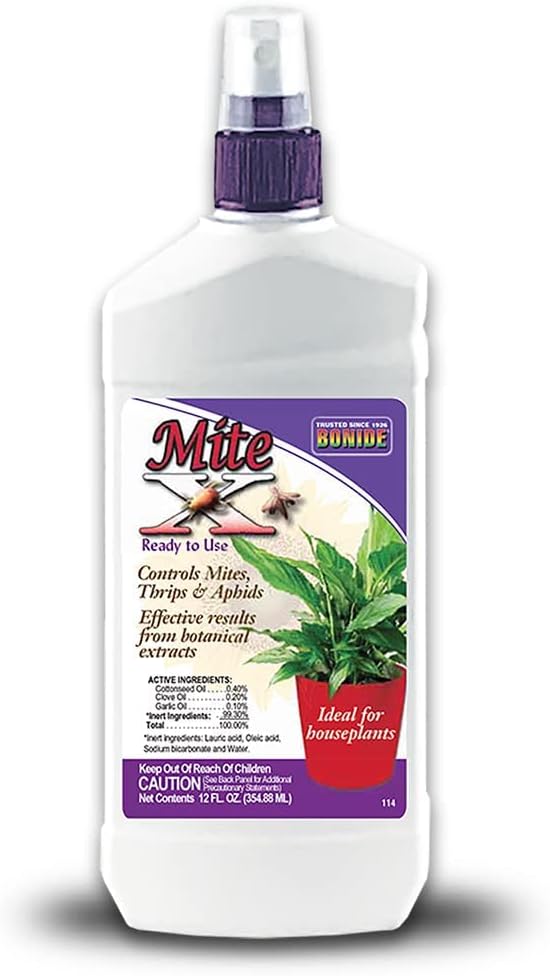
Predatory Mites
The natural enemy of the dreaded spider mite. Species like *Phytoseiulus persimilis* are microscopic hunters that you release onto infested plants. They will seek out and destroy spider mite eggs and adults.
Shop on AmazonTier 3: Soft Chemical Controls – Organic Sprays
When an infestation is too large for mechanical or biological controls, it’s time for organic sprays. These are contact-based and have low toxicity to humans and pets, but they must be applied thoroughly.

Neem Oil
This is the workhorse of the organic gardener. Derived from the neem tree, it acts as an anti-feedant, a repellent, and an insect growth regulator. It’s effective against a wide range of pests and also has fungicidal properties.
Shop on Amazon
Insecticidal Soap
This is a specially formulated soap that works by dissolving the soft outer shell of insects like aphids, mites, and whiteflies. It has no residual effect, so it’s very safe, but requires thorough coverage to be effective.
Shop on AmazonFrequently Asked Questions
How often should I apply neem oil?
For an active infestation, apply every 5-7 days for at least 2-3 applications to break the pest life cycle. As a preventative measure, you can apply it every 14 days. Always apply in the evening or on a cloudy day to prevent leaf burn.
How do I get rid of fungus gnats in my greenhouse?
Fungus gnats are a sign of overwatering. First, allow the top 1-2 inches of your soil to dry out between waterings. Second, use yellow sticky traps to catch the adults. For the larvae, you can use “Mosquito Bits” (containing Bti, a natural bacteria) when you water.
Conclusion: Create a Balanced Ecosystem, Not a Sterile Bubble
The goal of greenhouse pest control isn’t to eliminate every single insect from your greenhouse. The goal is to create a balanced, healthy ecosystem where pest populations are kept at a manageable level and never get the chance to spiral out of control. By embracing the proactive, observant, and multi-faceted approach of Integrated Pest Management, you can move from being a reactive firefighter to a wise and effective garden steward. A clean space, healthy plants, and the right tools will ensure your greenhouse remains a productive sanctuary for years to come.

